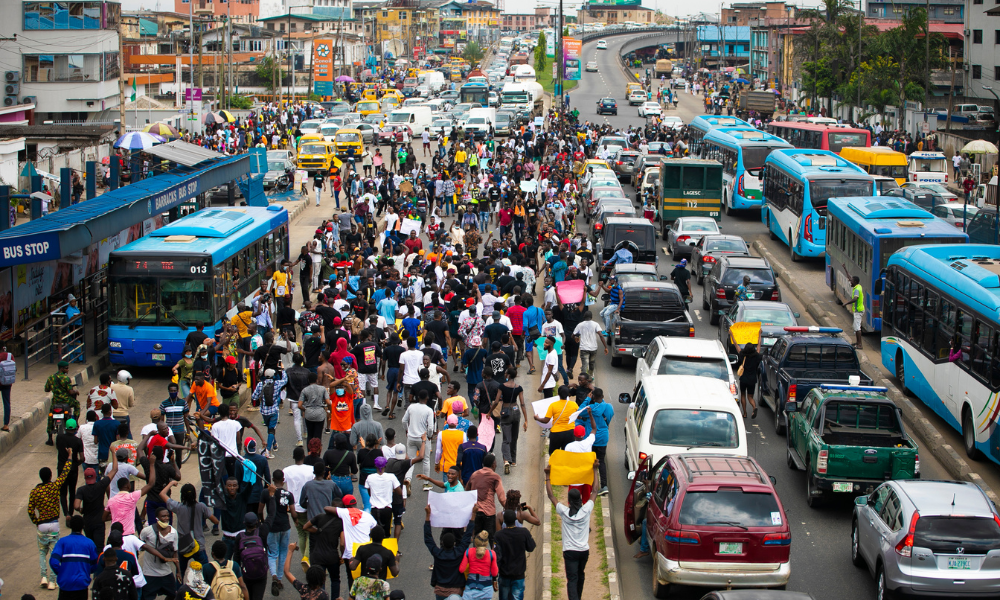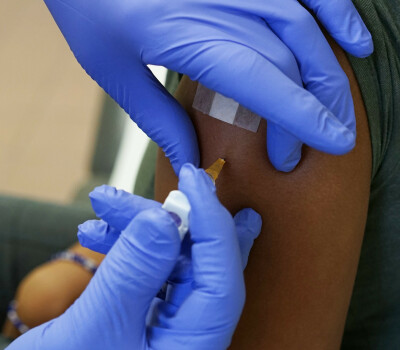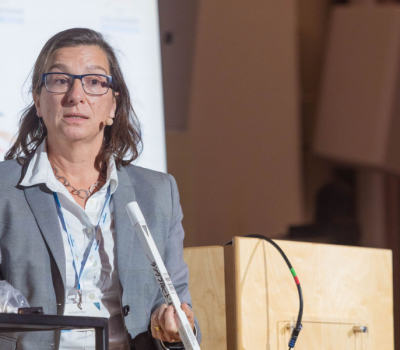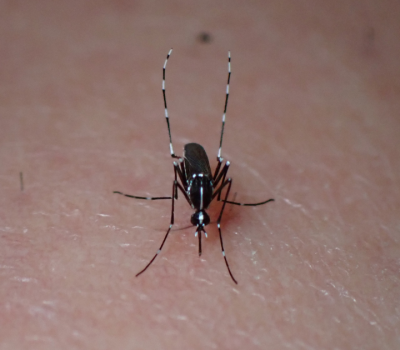Innovative navigation tool reveals inequalities in travel time to emergency obstetric care in African cities

Travel time to hospitals is a matter of life and death for pregnant women in emergency situations. Until now, models that calculate travel time have not accurately reflected the reality in African cities. In a newly published article in The Lancet Global Health, researchers from the Institute of Tropical Medicine (ITM) in Antwerp, as part of the OnTIME Consortium, led by the London School of Hygiene & Tropical Medicine (LSHTM), and Google, overcome this challenge by using Google Maps to map potential journeys to emergency obstetric care for the first time.
Poor roads, haphazardly built environments, and traffic congestion make travel to emergency obstetric care facilities in African cities expensive and difficult. To tackle these challenges, research by ITM and its global partners provides a realistic picture of travel time in the largest Nigerian cities, each with a population of over 1 million. This enables policymakers and health authorities to take steps toward improving access to life-saving care.
The researchers developed a model using Google Maps to simulate realistic travel time data. In this model, they incorporated two new elements: variable travel conditions at different times of the day and days of the week, and a choice option for healthcare facilities. This choice includes not only selecting a public or private hospital but also choosing from the first, second, or third closest one.
"Unlike other models, our model goes beyond merely calculating the travel time to the nearest hospital. We also consider second and third options," says Prof Lenka Beňová, last author of the study and professor of maternal and reproductive health at ITM. "In cities, pregnant women often deliberately choose hospitals that are not necessarily the closest, even in emergencies. They have a strong preference for a hospital in which they trust to find the best care.”
Rush hour realities
Using the data from the study, the researchers developed an interactive dashboard that visualises the different scenarios. The findings show that even in optimal conditions, most pregnant women in these populous cities in Nigeria are 45 minutes away from a public hospital. During peak traffic times in the morning and evening, travel time to care increased in all cities, with very few women able to reach the nearest public hospital within 30 minutes. Across the 15 cities, women’s average travel time from home to the nearest hospital ranged from 18 minutes to 46 minutes. However, women living in slums, peripheral and poor areas of cities took longer to reach care.
Dr Aduragbemi Banke-Thomas, Associate Professor at LSHTM and OnTIME Consortium Lead Researcher, says “The innovative approach we used in this research allows for more granular understanding of accessibility to emergency obstetric care and therefore makes it super relevant for policy. In a time when challenges of urbanisation, climate change, and conflict are the reality of humanity, this is truly a big deal!”
“For future versions, we want to take into account additional factors that affect travel to emergency care such as the quality and cost of care, flooding, conflict, extreme heat in cities, referral patterns, and accessibility to ambulances,” says Dr Peter Macharia, spatial epidemiologist at ITM.
ITM examines health challenges for mothers and newborns
By 2050, an estimated 70% of the world’s population will live in cities, with 2.5 billion people concentrated in Africa. The increasing urbanisation significantly affects the health of mothers and their children. To tackle these challenges, ITM’s Unit of Reproductive and Maternal Health collaborates with its global partners to investigate how women seek healthcare. For example, analysing the capacities of healthcare facilities, geo-tracing journeys to health facilities, and examining the resulting health outcomes. Their goal? Improving the survival and well-being of mothers and their newborns, one city at a time.
Spread the word! Share this story on









